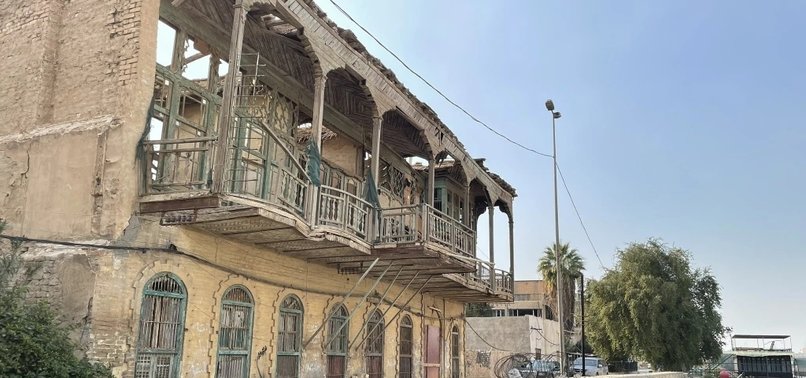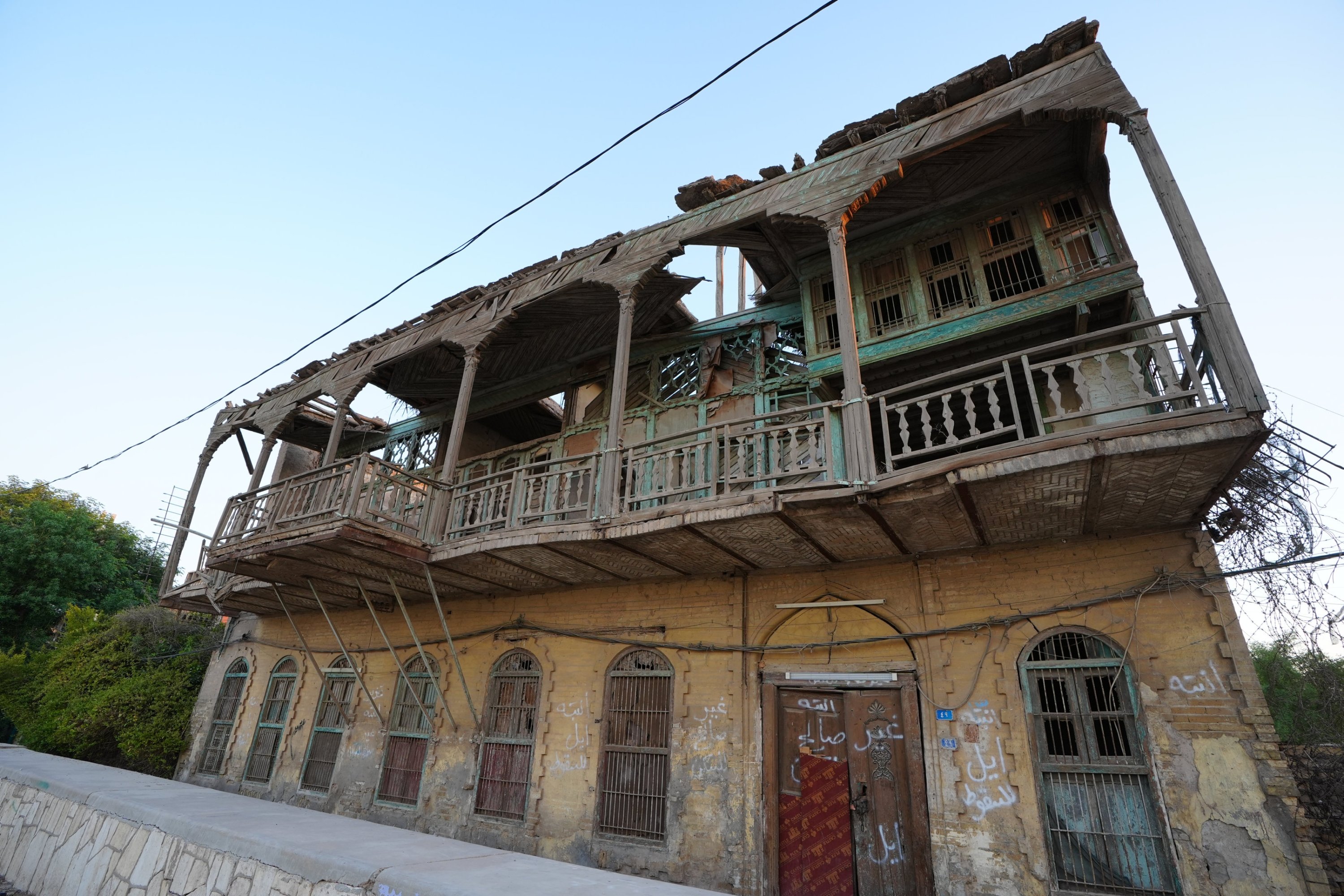On the edge of the Tigris River in Baghdad’s Karadat Maryam district stands a crumbling villa that once hosted one of the world’s greatest crime writers. Agatha Christie, known across the globe for her unmatched mastery of murder mysteries, spent years in this riverside retreat alongside her husband, the celebrated archaeologist Max Mallowan. In these now-decaying walls, she found not just a place to rest but a source of inspiration for several of her works. But today, that same house teeters on the brink of ruin, a silent witness to decades of neglect and cultural erosion.

Originally a stately riverside home rumored to have once belonged to a member of Iraq’s royal family, the villa became Christie’s sanctuary during her extended stays in Iraq. She had arrived in the country in 1928, shortly after the end of her first marriage, trading a holiday in Jamaica for a solo journey through Mesopotamia. That journey led her to Max Mallowan, and eventually, to this home by the river. Together, they turned it into a hub of literary and archaeological activity.
This house was more than a residence. It was where Christie penned chapters of “They Came to Baghdad” and where she supported Mallowan’s work at legendary excavation sites like Ur, Nineveh, and Nimrud. Far from a passive observer, she actively participated in digs, cleaning and labeling artefacts, photographing finds, and working closely with local teams. Her deep respect for Iraq’s archaeological richness showed in both her work and her writing. Novels like “Murder in Mesopotamia” and “Death Comes as the End” echo with details from those years.
The house, however, has not aged gracefully. Its roof is partially collapsed, its walls weakened by years of disrepair, and the surrounding structure shows clear signs of decay. While many of the artefacts unearthed by Mallowan are preserved in museums, the home they once shared has been left to deteriorate. Photographs show shattered balconies, cracked pillars, and peeling paint—a heartbreaking sight for any admirer of literature or heritage.

What makes this more painful is that the villa is not just significant to Iraq. It represents a rare moment in history when archaeology, literature, and intercultural collaboration merged in one place. This villa could have been a thriving museum, a tribute to Christie’s time in Iraq, and a centre for cultural tourism. Instead, it sits empty, forgotten by time and by decision-makers.
Local historians and preservationists have repeatedly called for action. There are suggestions to turn the house into a literary museum that can celebrate not only Christie’s contributions but also Iraq’s important role in early archaeological discovery. A properly restored site could draw international tourists, spark local pride, and act as a catalyst for further restoration of heritage properties across Baghdad.
However, for any of that to happen, urgent intervention is required. Stabilising the structure, sourcing funding, and setting a clear vision for cultural reuse will take effort from both local authorities and international stakeholders. The British Embassy, global literary societies, and archaeological organisations are all being urged to support the cause before it is too late.
Every year, we lose countless historic structures to neglect. But this one is not just any building. It was a home to a storyteller whose words travelled the world and whose life became deeply entwined with Iraq’s archaeological legacy. Letting it fall would be erasing a unique chapter of both Iraqi and world history.
If saved, Agatha Christie’s Baghdad villa could become more than a memory. It could be reborn as a space that educates, inspires, and connects cultures—just as she once did with her writing. Whether that happens depends on how quickly the world chooses to act.
For more updates on iconic destinations, cultural heritage, and literary travel, follow Travel Moves on Instagram and Facebook.








